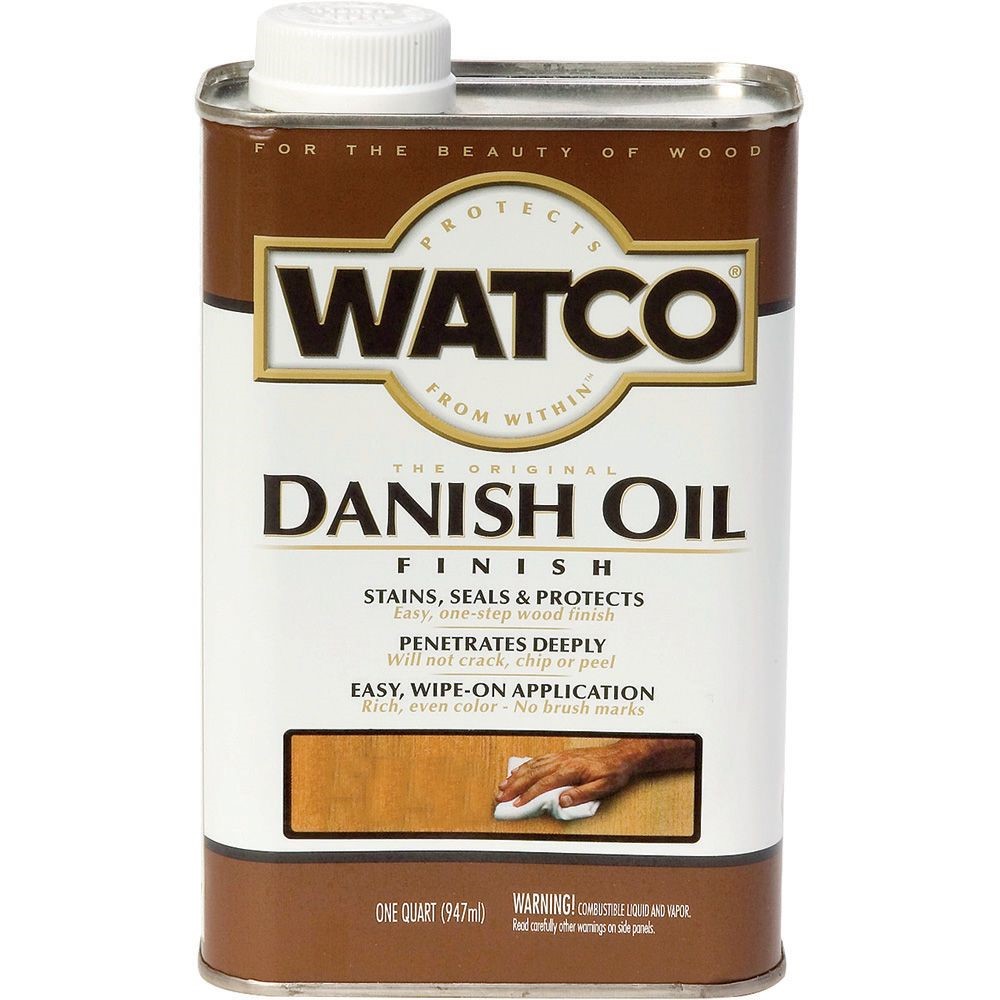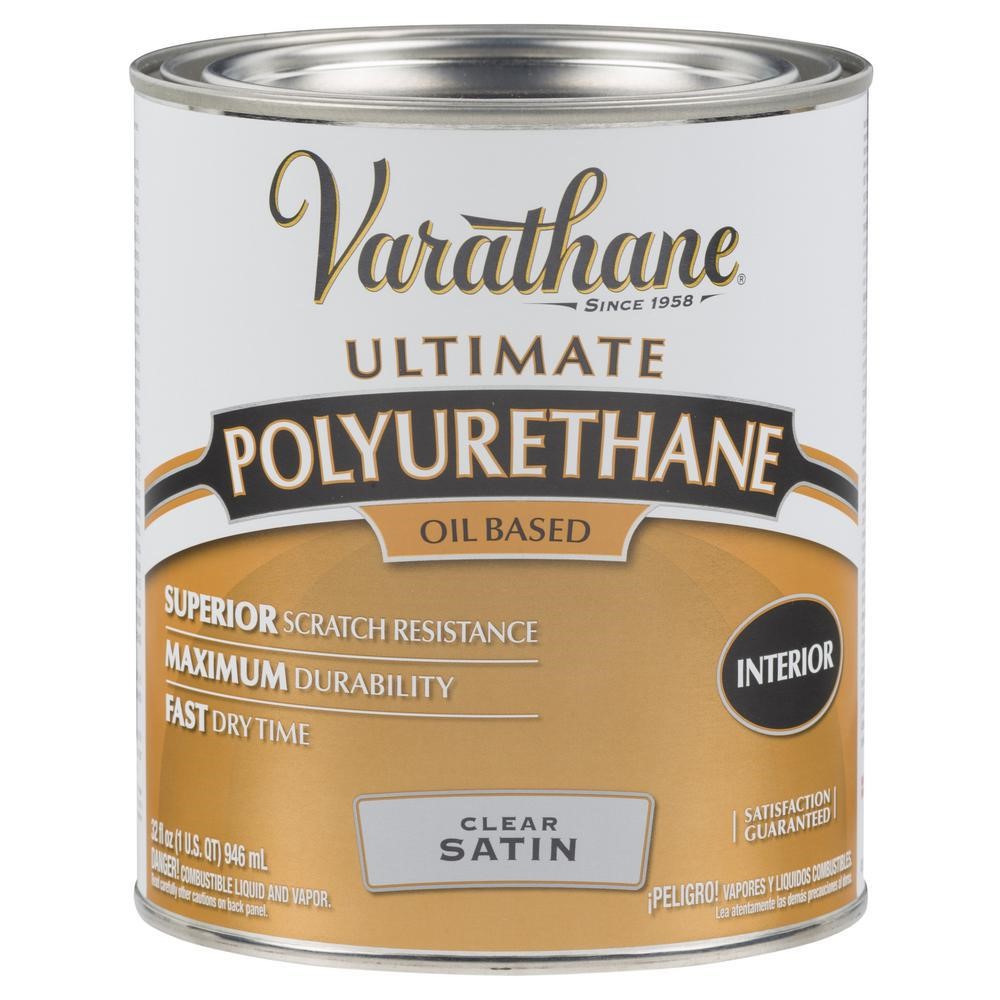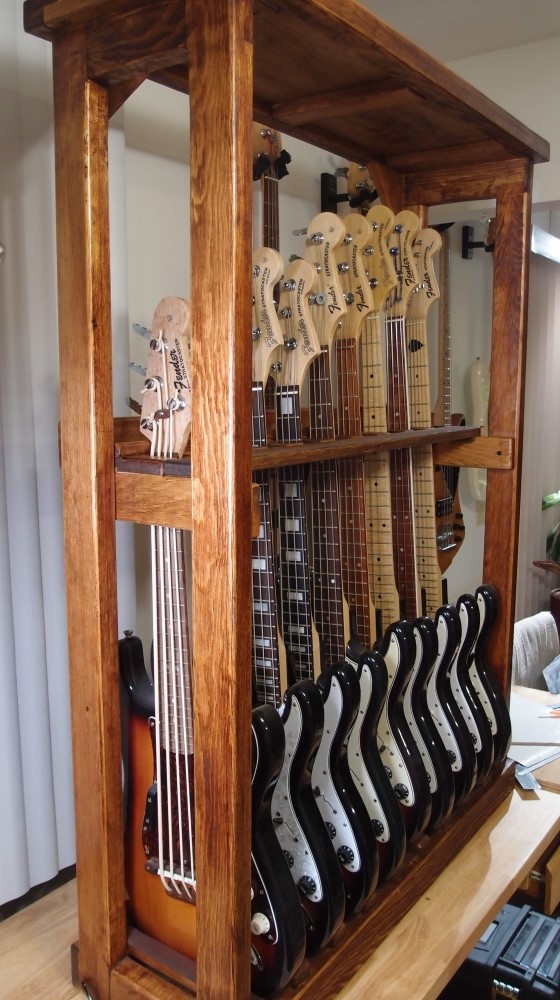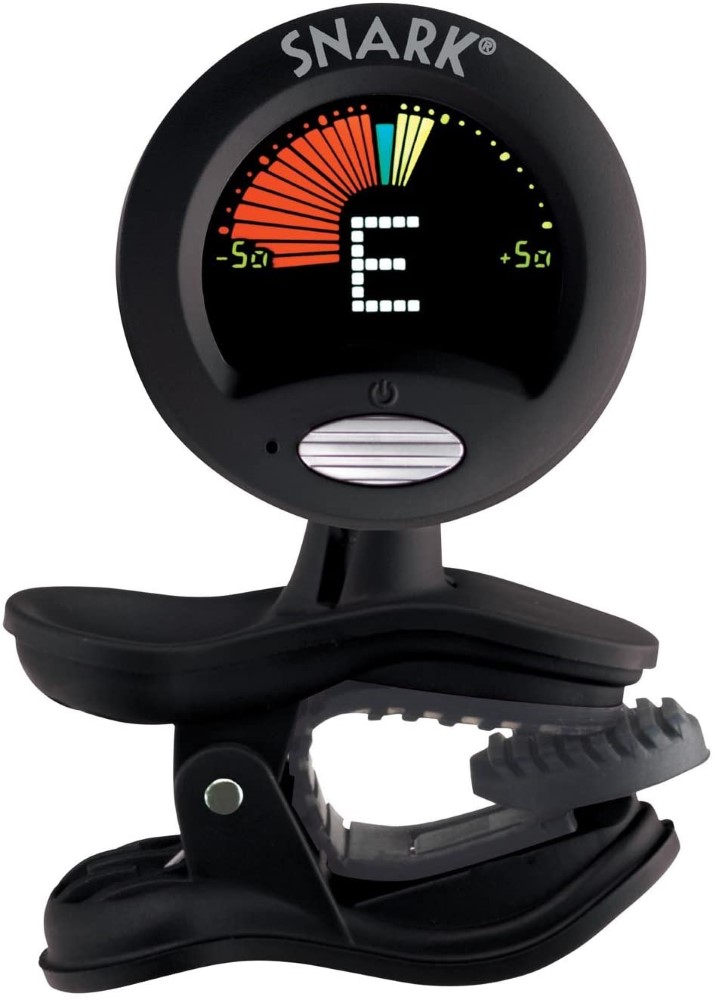Finishing Oils

I have experimented enough with oiled wood finishes. With the exception of teak, which is extraordinarily hard and hides damage well, I do not think oiled wood is a good choice for a guitar finish. And it is a really awful choice for softer woods like poplar and alder.
Danish oil is a mix of mostly boiled linseed oil, with maybe 10% varnish. To build the finish, start with one or two heavy coats of oil, and let it soak in and dry thoroughly. This will seal the wood, so that following coats will begin to dry on top. Without the dried sealer coat, wet-on-wet, the oil will keep soaking into the wood forever. Apply as many coats as you like with a rag, this will take several days. It is possible to get an almost lacquer-smooth finish by lightly sanding between coats to knock off the dried nits and lint from the rag, or you can leave them and get a rougher finish that hides wear better, which is what I usually do. Note that this is nothing like the instructions on the can! Common lore is that oiled finishes are fragile, but when built-up like this, I have found it to be very durable.
Over the course of years, an oiled finish like this will mellow, becoming lighter, more even, and warmer in color, especially if exposed to direct sunlight. From time to time it can be refreshed with a new thin coat rubbed on with a rag or paper towel, preceded by a light sanding if necessary. If outright damaged, it can be sanded down and re-done entirely. This finish is also highly water-resistant, even where water spilled from potted plants, there is never a mark or ring. Compare that to lacquer, which basically self-destructs, or polyurethane, which is tough but very difficult to repair.
One thing Danish oil is not good for at all is fretboards - it makes a gummy mess. For that application, boiled linseed oil works well, with much better staying power than lemon oil, albeit without the nice smell. Linseed oil can also be used to shine up a Danish oil finish, or even an oiled-wood guitar finish. Let it soak in for a while, then rub off the excess with a dry rag or paper towel. It gives bare wood a beautiful translucent glow. In fact, I think linseed oil is better and cheaper for just about anything you would do with lemon oil. However, straight linseed oil offers no real protection, and cannot be built up like Danish oil, no matter how many coats you apply - if you try, the best you can do is make a soft sticky mess.



Questions or Inquiries?
Just want to say Hello? Sign the .